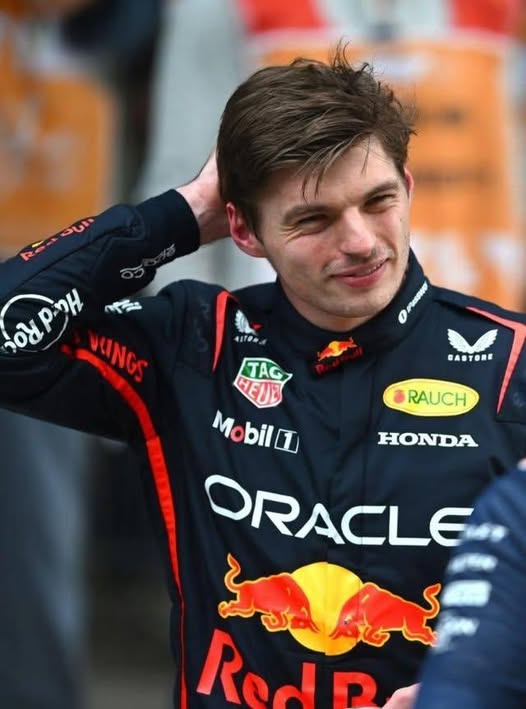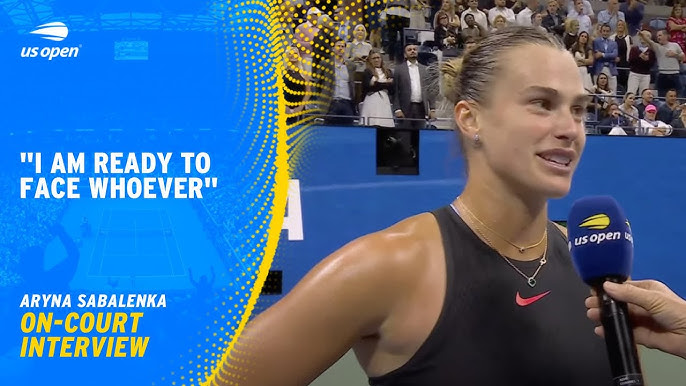Introduction

Formula 1 thrives on precision, performance, and politics—and when these elements go off-kilter, even the most dominant teams can falter. In the 2025 Formula 1 season, few incidents were as shocking as the clash between Max Verstappen and George Russell. But this high-profile on-track confrontation didn’t come out of nowhere. Behind Red Bull’s polished image and performance record was a series of missteps, miscommunications, and management tensions that set the stage for disaster.
In this blog post, we’ll dissect what really went wrong at Red Bull before Max Verstappen’s clash with George Russell, explore the seven crucial errors that created the perfect storm, and answer the burning questions F1 fans are asking. From internal power struggles to misjudged race strategies, here’s an in-depth look into a crisis that could reshape the team’s trajectory.
The Fallout Begins: A Tense Atmosphere at Red Bull
Red Bull entered the 2025 season as the favorite. With Max Verstappen chasing another world title and a powerful RB21 car, few imagined any real threats to their dominance. But cracks began to show.
Before the Russell incident, Red Bull had already endured a tumultuous stretch of internal issues, including:
- Questionable pit wall decisions
- Friction between Verstappen and team principal Christian Horner
- Tensions with Sergio Pérez
- Technical inconsistencies across race weekends
Each of these contributed to a boiling point that culminated in a high-speed clash, both literally and figuratively.
1. Leadership Crisis: Horner Under Pressure
One of the most widely discussed controversies at Red Bull in 2025 has been the ongoing scrutiny of team principal Christian Horner. Accusations of internal misconduct, unresolved disputes with key team members, and increased pressure from Red Bull’s board led to a leadership vacuum.
According to insider reports, Verstappen’s camp grew frustrated with Horner’s lack of accountability and inconsistent leadership.
“There was a breakdown in trust,” said one senior engineer. “Max felt unsupported, especially when it came to strategic decisions and internal politics.”
The lack of clear leadership created a rift in team culture, directly affecting communication and decision-making during high-stakes moments.
2. Strategic Pitfall: Tactical Errors in Race Management
Red Bull’s usually sharp strategy team made a series of questionable calls in the races leading up to the Verstappen-Russell incident. Misjudged tire strategies, poor pit timing, and ignoring real-time driver input hurt their performance.
At the Grand Prix where the clash occurred, Verstappen was left vulnerable by a slow pit stop and aggressive undercut attempts that failed to pay off. This placed him directly in the path of George Russell, who was aggressively defending track position.
Such strategy errors not only caused losses in points but also strained Verstappen’s patience with the team, triggering emotional responses on the radio and, ultimately, on the track.
3. Car Setup Problems: The RB21’s Inconsistencies
Despite boasting the fastest top speed on paper, the RB21 began displaying setup inconsistencies across different circuits.
Red Bull struggled particularly with tire degradation and aerodynamic balance during mid-season. Engineers reported difficulty in achieving the correct ride height and cornering performance under varying weather and track conditions.
These mechanical issues meant that Verstappen often had to overdrive the car to remain competitive, which increased the risk of on-track clashes like the one with Russell.
4. Verstappen’s Mounting Frustrations: Psychological Fatigue Sets In
By mid-season, Verstappen was no longer just racing rivals—he was battling his own team’s dysfunctions.
He had expressed frustration publicly over radio messages and interviews, criticizing strategy choices and even the car’s responsiveness. Behind the scenes, sources suggested that Max was mentally and emotionally drained, juggling performance expectations and internal politics.
When asked post-race about the clash with Russell, Verstappen didn’t mince words:
“You can’t expect clean results if there’s chaos behind the scenes.”
His body language and tone revealed a driver at the edge of his patience, hinting that Red Bull’s internal strife was more than just noise—it was a performance inhibitor.
5. Russell’s Role: Tactical Brilliance or Aggressive Overreach?
While the spotlight has largely been on Red Bull’s internal chaos, George Russell’s driving tactics played a significant role in the incident. Russell, driving for Mercedes, had been under pressure to outperform his teammate and maintain his seat amid contract rumors.
At the race in question, his aggressive defensive move on Verstappen was technically within regulation, but borderline unsportsmanlike. Still, Verstappen’s response—refusing to yield—created the perfect storm.
Fans asked: “Was Russell wrong?” Not entirely. But under normal Red Bull circumstances, Verstappen might have handled it differently.
6. Communication Breakdown: Radio Chaos
Red Bull’s usually clear and concise race radio communications were notably disjointed during the event. Analysts reviewing the team radio noted confusing directives, delayed pit instructions, and contradictory tire management strategies.
Poor communication led to Verstappen making split-second decisions without adequate support, increasing the likelihood of confrontation with rival drivers.
In a sport where milliseconds count, Red Bull’s lack of clarity acted like a slow fuse, and Verstappen’s clash with Russell was the explosion.
7. Public Perception & Media Pressure: The Image Crisis
Once the clash occurred, Red Bull’s media handling was poor. The team failed to present a unified front, with conflicting statements from Horner, Helmut Marko, and Verstappen himself.
F1 fans were left asking:
- Is Red Bull losing control of its star driver?
- Is there a power struggle inside the team?
- Can the team retain both performance and cohesion?
The PR damage was immediate. Social media buzzed with #TeamRussell and #VerstappenMeltdown hashtags, and multiple analysts predicted a downward spiral unless major internal restructuring occurred.
FAQs: What Fans and Analysts Want to Know
1. Was Max Verstappen at fault for the incident with George Russell?
Partially. While Russell’s defensive move was aggressive, Verstappen’s refusal to back down showed poor risk management. The incident was avoidable, but Red Bull’s internal pressure cooker left Verstappen with little mental bandwidth for cool-headed decisions.
2. Is Christian Horner still in charge?
As of now, yes—but his position is tenuous. Ongoing investigations and diminishing team confidence make his leadership unstable.
3. Could this lead to Verstappen leaving Red Bull?
Unlikely in the short term due to contract obligations, but sources say Verstappen’s camp is re-evaluating long-term loyalty if internal issues aren’t resolved.
4. Will Red Bull recover this season?
Mathematically, yes—but only if they resolve communication issues, align team leadership, and rebuild trust with Verstappen before it’s too late.
5. How did this affect Red Bull’s championship standings?
The incident cost Red Bull critical points, tightening the constructors’ race. Mercedes and Ferrari have since gained ground.
Conclusion: A Wake-Up Call for Red Bull Racing
The Verstappen-Russell clash was more than a racing incident—it was the symptom of systemic failure at Red Bull Racing. From leadership uncertainty to mismanaged strategy, communication breakdowns, and rising psychological fatigue, every layer of dysfunction contributed to a moment that shook the F1 world.
For a team used to winning, this is a pivotal moment. Red Bull must choose between stubborn persistence or strategic recalibration. If they fail to act, not only could they lose the championship—they risk losing the loyalty of one of the greatest drivers in modern F1 history.
As fans, pundits, and competitors watch closely, one question remains:
Can Red Bull bounce back before it’s too late?


